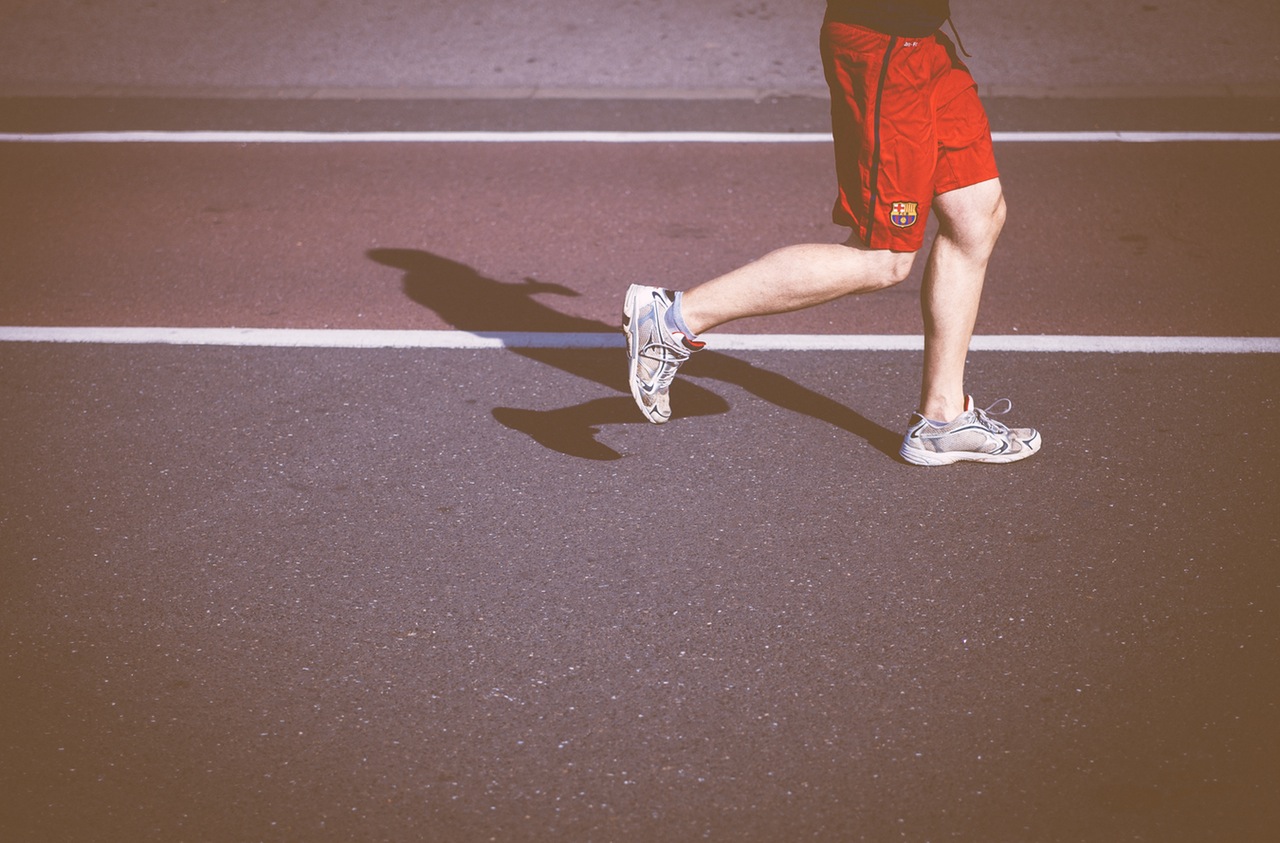Massage Therapy for Shin Splints
/Massage Therapy for Shin Splints
Lower leg pain may be a common finding in runners, symptoms can include temporary pain, swelling and in some cases there is associated numbness.
Exercise-induced lower leg pain is an umbrella term to cover a number of injuries including: chronic exertional compartment syndrome, popliteal arterial entrapment syndrome, medial tibial stress syndrome (MTSS) and tibial stress fractures. Here I have to put together a list of research papers relevant to lower leg pain.
Medial Tibial Stress Syndrome
For an active patient who is suffering from MTSS evidence suggest that in addition to lowering body mass index, patients also may benefit from improving plantar flexion range of motion (Hamstra-Wright et al. 2015).
Chronic Exertional Compartment Syndrome
In the case of chronic exertional compartment syndrome, rest and conservative interventions usually allow symptoms to resolve. It is very rare that athletes require surgical interventions to manage their symptoms, however in these cases massage therapists should be aware of how they can contribute to post-surgical rehabilitation programs (Flautt et al. 2013 & Schubert 2011). As part of this rehabilitation strategy, there is evidence to suggest that in addition to managing pain and discomfort, massage may also improve tissue healing.
Why Does Massage Therapy Work?
A contemporary framework helps put into context the interconnected and multidirectional interaction between: physiology, thoughts, emotions, behaviors, culture, and beliefs. In terms of clinical responses to massage therapy there are a couple of proposed mechanisms of action, including but not limited to: affective touch, contextual factors, endogenous pain modulation, and mechanical factors.
The Complex Clinical Picture of Shin Splints
A massage therapy treatment plan should be implemented based on patient-specific assessment findings and patient tolerance. Structures to keep in mind while assessing and treating patients suffering from exercise-induced lower leg pain may include neurovascular structures and investing fascia of:
• Plantar Fascia
• Lumbricals
• Adductor Hallucis
• Flexor Hallucis Brevis
• Tibialis Anterior
• Metatarsals & Interossei
• Peroneals
• Tibialis Posterior
• Flexor Digitorum Longus
• Triceps Surae
More to Explore
Beck et al. (2016). Surgical Treatment of Chronic Exertional Compartment Syndrome in Pediatric Patients. Am J Sports Med.
https://www.ncbi.nlm.nih.gov/pubmed/27365374
Blackman et al. (1998). Treatment of chronic exertional anterior compartment syndrome with massage: a pilot study. Clin J Sport Med.
https://www.ncbi.nlm.nih.gov/pubmed/9448951/
Braver, R.T. (2016). Chronic Exertional Compartment Syndrome. Clin Podiatr Med Surg.
https://www.ncbi.nlm.nih.gov/pubmed/27013413
Brown et al. (2011). The effects of neurodynamic mobilization on fluid dispersion within the tibial nerve at the ankle: an unembalmed cadaveric study. J Man Manip Ther.
https://www.ncbi.nlm.nih.gov/pubmed/22294851
Collins, C.K. & Gilden, B. (2016). A non-operative approach to the management of chronic exertion compartment syndrome in a triathlete: A case report. Int J Sports Phys Ther.
https://www.ncbi.nlm.nih.gov/pubmed/27999729
Flautt, W. & Miller, J. (2013). Post-surgical rehabilitation following fasciotomies for bilateral chronic exertional compartment syndrome in a special forces soldier: a case report. Int J Sports Phys The. (Open Access)
https://www.ncbi.nlm.nih.gov/pubmed/24175149
Galbraith, R.M. & Lavallee, M.E. (2009). Medial tibial stress syndrome: conservative treatment options. Curr Rev Musculoskelet Med. (Open Access) https://www.ncbi.nlm.nih.gov/pubmed/19809896
Hamstra-Wright et al. (2015). Risk factors for medial tibial stress syndrome in physically active individuals such as runners and military personnel: a systematic review and meta-analysis. Br J Sports Med.
https://www.ncbi.nlm.nih.gov/pubmed/25185588
Joubert, S.V. & Duarte, M.A. (2016). Chronic Exertional Compartment Syndrome in a Healthy Young Man. J Chiropr Med.
https://www.ncbi.nlm.nih.gov/pubmed/27330517
Lohrer et al. (2018). Exercise-induced leg pain in athletes: diagnostic, assessment, and management strategies. Phys Sportsmed.
https://www.ncbi.nlm.nih.gov/pubmed/30345867/
McKeon, P.O. & Fourchet, F. (2015). Freeing the foot: integrating the foot core system into rehabilitation for lower extremity injuries. Clin Sports Med.
https://www.ncbi.nlm.nih.gov/pubmed/25818718
Orlin et al. (2016). Prevalence of chronic compartment syndrome of the legs: Implications for clinical diagnostic criteria and therapy. Scand J Pain.
https://www.ncbi.nlm.nih.gov/pubmed/28850498
Pereira de Godoy, J.M. & de Fátima Guerreiro Godoy, M. (2018). Intermittent Massage as a Therapeutic Option for Compartment Syndrome after Embolectomy of the Lower Limbs. Case Rep Vasc Med.
https://www.ncbi.nlm.nih.gov/pubmed/29854555/
Rajasekaran, S. & Hall, M.M. (2016). Nonoperative Management of Chronic Exertional Compartment Syndrome: A Systematic Review. Curr Sports Med Rep.
https://www.ncbi.nlm.nih.gov/pubmed/27172084
Reinking et al. (2017). Medial Tibial Stress Syndrome in Active Individuals: A Systematic Review and Meta-analysis of Risk Factors. Sports Health. (OPEN ACCESS)
https://www.ncbi.nlm.nih.gov/pubmed/27729482
Saeki et al. (2017). Muscle stiffness of posterior lower leg in runners with a history of medial tibial stress syndrome. Scand J Med Sci Sports.
https://www.ncbi.nlm.nih.gov/pubmed/28207961
Schubert, A.G. (2011) Exertional compartment syndrome: review of the literature and proposed rehabilitation guidelines following surgical release. Int J Sports Phys Ther. (Open Access)
https://www.ncbi.nlm.nih.gov/pubmed/21713230
van Zantvoort et al. (2017). Management and patients perspective regarding a common peroneal nerve schwannoma: a rare cause of lower leg pain in a young individual. BMJ Case Rep.
https://www.ncbi.nlm.nih.gov/pubmed/28978583
Winters et al. (2017). Medial tibial stress syndrome can be diagnosed reliably using history and physical examination. Br J Sports Med.
https://www.ncbi.nlm.nih.gov/pubmed/28179260


